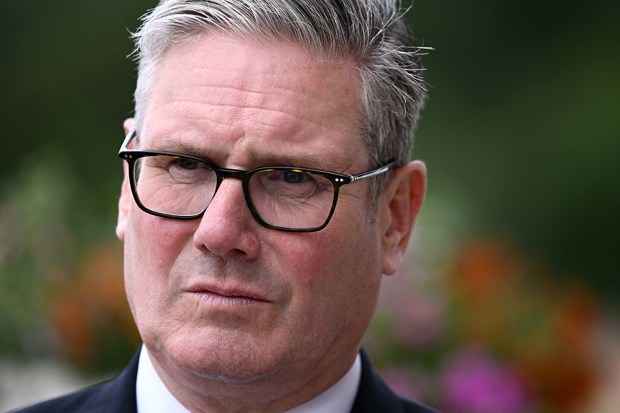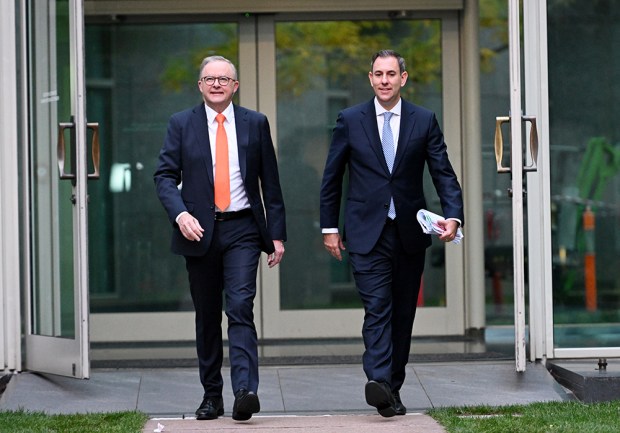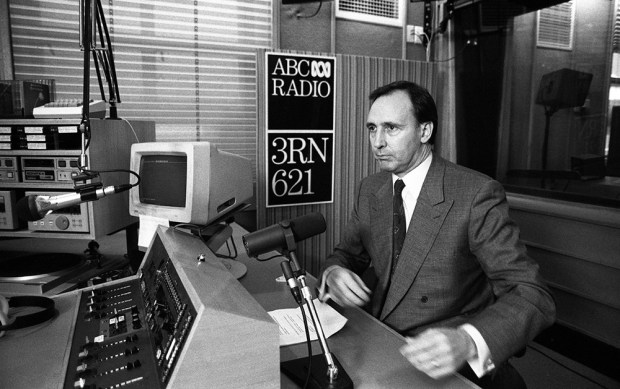Byju’s is an Indian educational-technology company that during the pandemic cornered online education in the country. In 2021, Byju’s sold unlisted stakes to investors. A year later, BlackRock valued the company at US$22 billion.
The end of the pandemic reduced demand for online learning and Byju’s struggled. In January last year, Byju’s filed disastrous accounts. BlackRock lopped its valuation to US$2 billion. Other shareholders also slashed their Byju’s valuations.
But not Macquarie Capital. In March last year in a letter leaked to the media, Swiss wealth manager Julius Baer accused Macquarie of overcharging its clients by basing fees on an inflated valuation of Byju’s. Macquarie’s response was to reduce its Byju’s valuation to almost nothing before annual fees were applied.
While investors were protected here, disputes over valuations and other contentious aspects of unlisted assets are bound to soar because money is gushing into these investments. Australian super funds are thought to hold at least $650 billion of their $4 trillion in private equity (stakes in unlisted firms), credit (non-bank lending), infrastructure and property. Some industry fund default options have held more than half their assets in private assets (often called private equity).
Some history. Private markets took off from the 1980s when developments in the US bond market allowed small firms to borrow enough to take over big, listed companies. These firms grew into giants that expanded from private equity into infrastructure, property and lending.
Private credit’s origins, too, trace to the 1980s when insurers started lending to companies that were too risky for banks but too small to list on stock exchanges. Tougher capital restrictions on banks have since empowered private lenders.
Accounting firm EY last year estimated US$24.4 trillion was invested worldwide in private capital, perhaps (using other estimates) 15 per cent of global money with super funds and asset managers. The figure could surge if President Donald Trump fulfils his promise to open the estimated US$9 trillion US retirement market to private assets (plus cryptos and gold).
The returns from private assets often justify the risk. Private markets offer more choice than public markets – there’s more scope to find good investments. Another advantage is unlisted companies are less distracted by regulatory requirements. A third is private investors often gain more information about potential investments. A fourth is private lenders can often secure better surety claims on assets.
Another plus – and source of controversy – is private owners can manage their investments. The classic private investor is one that ruthlessly enhances the profitability of a business no matter the social costs to sell its stake for a huge gain. Hence accusations of asset stripping, workforce slashing, financial engineering, fee gouging and dividend rorting. Such practices have bankrupted privately owned companies and explain why private investors are labelled ‘predators’ and Barbarians at the Gate, the title of a book about the industry published in 1990.
Private markets come with disadvantages, too. One is that private assets are hard to sell quickly. Another shortcoming is investor capital can be locked up. A third is the lack of transparency and media coverage of private investments increases the risk of shocks. A fourth drawback is a reliance on debt makes private capital vulnerable to higher interest rates. Another is that private takeovers of listed companies are shrinking stock exchanges, a worry highlighted by the Australian Securities and Investments Commission in February when Asic warned its information-gathering powers on private markets are ‘inefficient and incomplete’.
Another threat is the rise of non-bank lending introduces systemic risks such that a shock could trigger defaults and sudden asset sales. The risks arise from how non-bank lenders rely on short-term funding that could flee, and lack access to central bank emergency facilities. The private investing industry even frets about the threat posed by ‘net asset value loan’ debt. This is jargon for borrowing that uses assets bought with debt as collateral.
Another problem, and one raised by Brett Christophers, in his 2023 book Our Lives in their Portfolios, is the mismatch of interest between owners and users of private infrastructure when these essential services are owned – as many are – by closed-end funds. These funds, with predetermined subscription periods and termination dates (by when assets must be sold), mean ‘short-termism is utterly institutionalised’, Christophers says. The problem is the fund’s structure motivates managers to boost revenue while cutting costs and minimising spending on upkeep. That acts against society’s interest in having well-maintained and affordable essential services.
The unsolvable flaw of private investing is it’s hard to value assets that are unlisted businesses or non-traded loans. While listed companies have a market value and traded loans (bonds) are priced off their yield, private owners decide an asset’s worth. Third parties can be paid to affix values but that presents a conflict of interest (the asset owners are paying the valuers) and lacks credibility when owners can ignore these valuations. There is no legally set or undisputed way to value private assets. All methods are manipulable anyway. The valuation problem is highlighted by how multiple owners often value a jointly owned asset differently.
The problem with murky valuations in the context of Australia’s compulsory superannuation system is that worker contributions gush into funds each day. These funds typically set a daily price even though fund managers don’t value private assets daily. The Australian Prudential Regulatory Authority in 2023 only demanded unlisted assets be valued quarterly rather than annually.
Apra, which last year admitted tougher policing of valuations is needed, only pushed for quarterly valuations after private investors failed to reduce office tower values when they were battered by the shift to working from home.
The risk to the super industry’s credibility is that asset owners – whose key skill is to continually value assets such that they could do it hourly – are quick to boost asset values but slow to reduce them. Australians are being ripped off when super funds delay affixing lower values to assets they know have tumbled in value. People need to be aware they require higher returns from private assets to justify the risks and murky valuations. Pity they aren’t.
The prices of listed assets and traded bonds, to be sure, can be out of whack. But their prices are always clear. Valuing private assets will always be fuzzy. But that’s no excuse for slack oversight.
Regulators need to make sure it doesn’t take a leaked letter to ensure private assets have trustworthy valuations. Or else limit the public’s access to these investments.
Got something to add? Join the discussion and comment below.
You might disagree with half of it, but you’ll enjoy reading all of it. Try your first month for free, then just $2 a week for the remainder of your first year.













